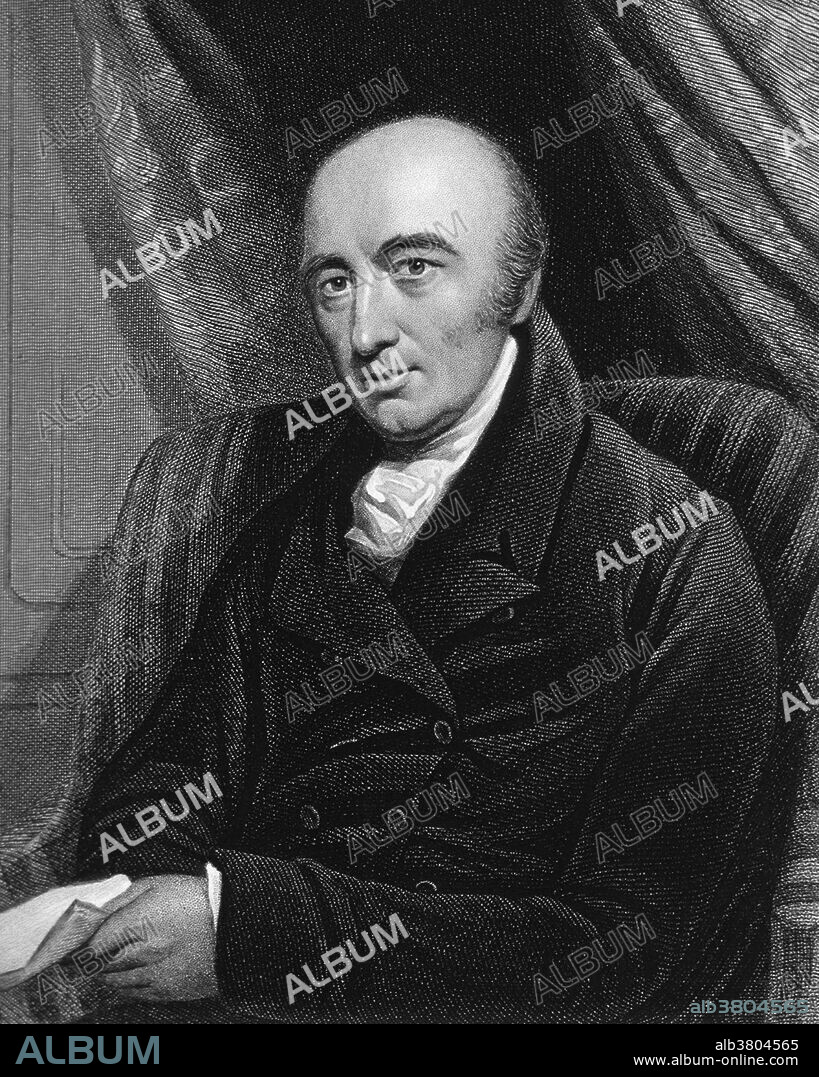alb3804565
William Hyde Wollaston, English Chemist and Physicist

|
Zu einem anderen Lightbox hinzufügen |
|
Zu einem anderen Lightbox hinzufügen |



Haben Sie bereits ein Konto? Anmelden
Sie haben kein Konto? Registrieren
Dieses Bild kaufen

Titel:
William Hyde Wollaston, English Chemist and Physicist
Untertitel:
Siehe automatische Übersetzung
William Hyde Wollaston (1766-1828) was an English chemist and physicist. In 1793 William obtained a doctorate in medicine from Cambridge University and was a fellow of his college from 1787 to 1828. During his studies he became interested in chemistry, crystallography, metallurgy and physics. The mineral wollastonite is named after him. Wollaston became wealthy by developing the first physicochemical method for processing platinum ore in practical quantities, and in the process of testing the device he discovered the elements palladium and rhodium in 1803. His optical work was important as well, where he is remembered for his observations of dark Fraunhofer lines in the solar spectrum (1802) which eventually led to the discovery of the elements in the Sun. He invented the camera lucida (1807), the reflecting goniometer (1809), and the Wollaston prism. He also developed the first lens specifically for camera lens called Wollaston's meniscus lens, designed to improve the image projected by the camera obscura. He died in 1828 at the age of 62.
Bildnachweis:
Album / NLM/Science Source
Freigaben (Releases):
Model: Nein - Eigentum: Nein
Rechtefragen?
Rechtefragen?
Bildgröße:
2879 x 3600 px | 29.7 MB
Druckgröße:
24.4 x 30.5 cm | 9.6 x 12.0 in (300 dpi)
Schlüsselwörter:
18. JAHRHUNDERT • 18. JH. • BERÜHMT • BERÜHMTE PERSÖNLICHKEIT • CHEMIE • CHEMIKER • ERFINDER • EUROPAEER (F M) • EUROPAEER • EUROPÄER (F M) • EUROPÄER • EUROPÄISCH • ILLUSTRATION • ILLUSTRATIONS • MANN • NATURWISSENSCHAFTLER • NOTABEL • PERSON • PERSöNLICHKEITEN • PERSÖNLICHKEITEN • PORTRAIT • PROMINENZ • WISSENSCH.: CHEMIE • WISSENSCHAFTLER • WISSENSCHAFTLICH
 Pinterest
Pinterest Twitter
Twitter Facebook
Facebook Link kopieren
Link kopieren Email
Email
